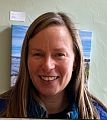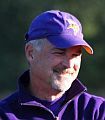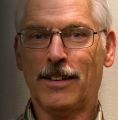PARTNERSHIP FOR WATER SUSTAINABILITY PASSES ECOLOGICAL ACOUNTING BATON TO VANCOUVER ISLAND UNIVERSITY: “We have been degrading streams and complaining for too long. We need to start maintaining and ensuring that the functions of these streams are improved,” stated Graham Sakaki of Vancouver Island University in an article published in the Asset Management BC Newsletter (July 2023)

“We can do a better job of this, and we know that is what we must do. It just takes somebody to come up with the idea for how to do it. And that is what the Partnership for Water Sustainability has done with the EAP methodology and metrics. EAP, the acronym for Ecological Accounting Process, is about maintenance and management (M&M) of stream corridor systems. The spotlight is on outcomes. EAP is cutting edge. It is innovative, very new and very unique. And it has the ability to really change the game. The framework that we have set up ensures this will happen,” stated Graham Sakaki.










